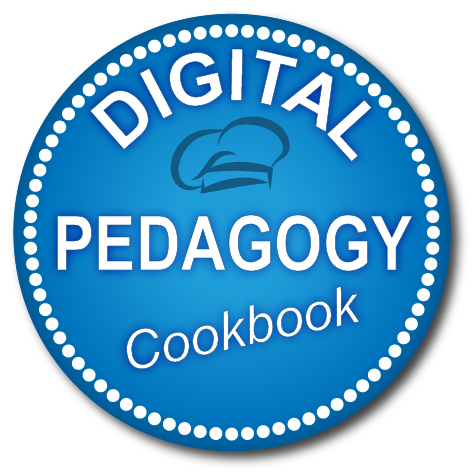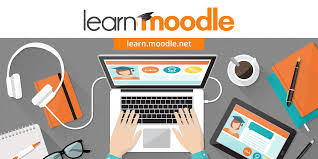DigCompEdu Competence area
Progression Level
Minimum digital skills level of Students
Minimum digital skills level of Educators
Learning/Teaching situation
To set-up a MOODLE.
Target group
Teachers who are using MOODLE and they want to set-up their own courses.
Ingredients
- PC/laptop
- Internet connection
- MOODLE installation & an account as an editing teacher
Description
LEARNING ANALYTICS is the measurement, collection, analysis and reporting of data about learners and their contexts, for purposes of understanding and optimising learning and the environments in which it occurs, as defined back in 2011 for the first LAK, this general definition still holds true even as the field has grown. Learning analytics is both an academic field and commercial marketplace which have taken rapid shape over the last decade. As a research and teaching field, Learning Analytics sits at the convergence of Learning (e.g. educational research, learning and assessment sciences, educational technology), Analytics (e.g. statistics, visualization, computer/data sciences, artificial intelligence), and Human-Centered Design (e.g. usability, participatory design, sociotechnical systems thinking).
KEY USES. Historically, some of the most common uses of learning analytics is prediction of student academic success, and more specifically, the identification of students who are at risk of failing a course or dropping out of their studies. While it is reasonable that these two problems attracted a lot of attention, learning analytics are far more powerful. The evidence from research and practice shows that there are far more productive and potent ways of using analytics for supporting teaching and learning. Some of the most popular goal of learning analytics include:
Supporting student development of lifelong learning skills and strategies
1. Provision of personalised and timely feedback to students regarding their learning
2. Supporting development of important skills such as collaboration, critical thinking, communication and creativity
3. Develop student awareness by supporting self-reflection
4. Support quality learning and teaching by providing empirical evidence on the success of pedagogical innovations
How to do it (step by step)
Step 1
Moodle provides a variety of built-in reports based on log data, but they are primarily descriptive in nature — they tell participants what happened, but not why, and they don’t predict outcomes or advise participants how to improve outcomes. Log entries, while very detailed, are not in themselves descriptive of the learning process. They tell us “who,” “what,” and “when,” but not “why” or “how well.” Much more context is needed around each micro-action to develop a pattern of engagement.
Many third-party plugins also exist for Moodle that provide descriptive analytics. There are also integrations with third-party off-site reporting solutions. Again, these primarily provide descriptive analytics that rely on human judgment to interpret reports and generate predictions and prescriptions.
Often in the past, learning analytics systems have attempted to analyze past activities to predict future activities in real time. With Moodle Learning Analytics, we are more ambitious. We believe a full learning analytics solution will help us not only predict events, but change them to be more positive.
Features
• Two types of models supported:
o Machine-learning based models, including predictive models
o “Static” models to detect situations of concern using simple rules
• Three built-in models: “Students at risk of dropping out”, “Upcoming activities due” and “No Teaching”.
• A set of student engagement indicators based on the Community of Inquiry.
• Built-in tools to evaluate models against your site’s data
• Proactive notifications using Events
• A list of suggested Actions is provided with the Insight notifications for each model. For example, in the Students at risk of dropping out model, instructors can easily send messages to students identified by the model, or jump to the Activity report for that student for more detail about student activity within the course
• An API to build indicators and prediction models for third-party Moodle plugins
• Machine learning backend plugin type – supports PHP and Python, and can be extended to implement other ML backends
• The system can be easily extended with new custom models, based on reusable targets, indicators, and other components.
Step 3
Using analytics
The Moodle Learning Analytics API is an open system that can become the basis for a very wide variety of models. Models can contain indicators (a.k.a. predictors), targets (the outcome we are trying to predict), insights (the predictions themselves), notifications (messages sent as a result of insights), and actions (offered to recipients of messages, which can become indicators in turn).
Most learning analytics models are not enabled by default. Enabling models for use should be done after considering the institutional goals the models are meant to support.
There is more…
Open the following links for more detailed descriptions and guides:
Students at risk of dropping out model
Student engagement indicators

